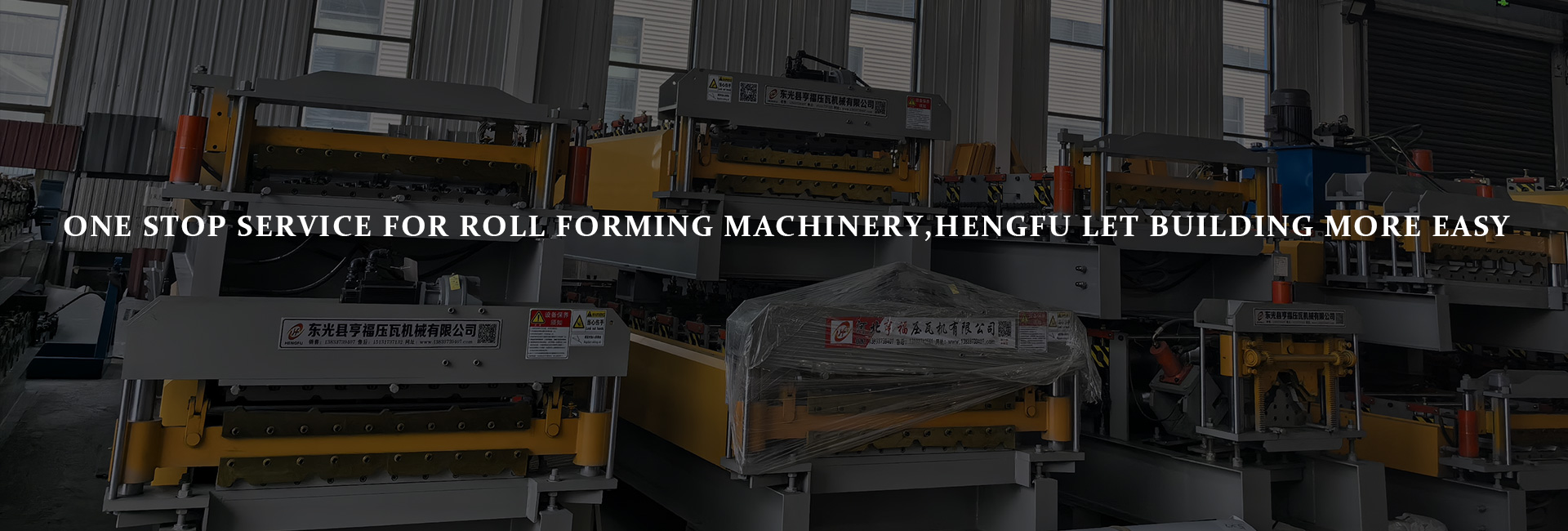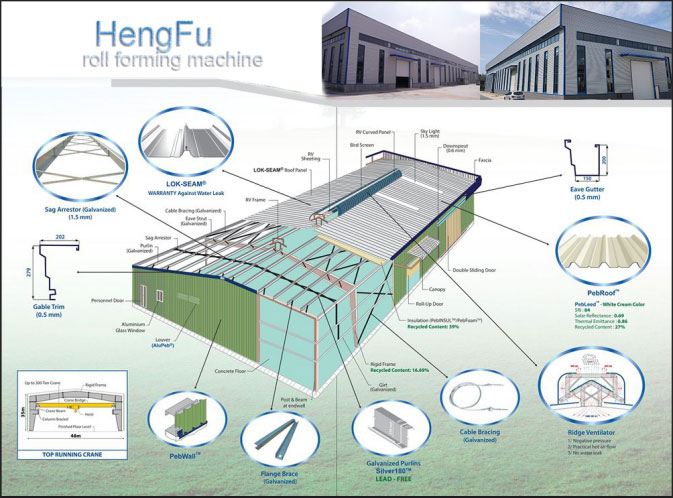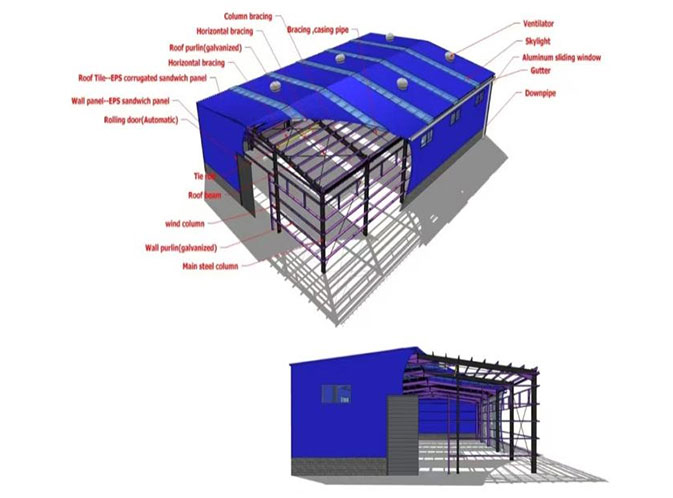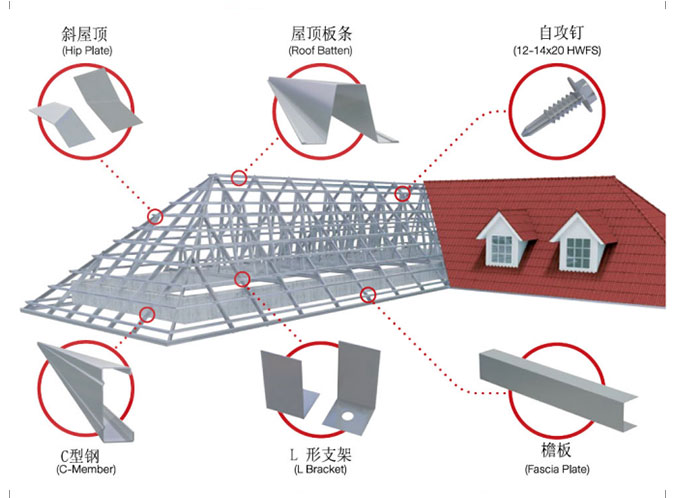Energy Consumption: An In - Depth Analysis and Comparison between Double - Layer and Single - Layer Roll Forming Machines
writer:优化 release time:2025-07-04 23:41:18 Views:134frequency
In the vast field of metal forming and manufacturing, roll forming machines are the core equipment for shaping various metal profiles. Among them, double - layer and single - layer roll forming machines have been widely applied due to their unique advantages. When it comes to selecting equipment, energy consumption undoubtedly plays a crucial role. This article will conduct a comprehensive and in - depth comparison of the energy consumption of double - layer and single - layer roll forming machines and provide professional insights with the help of foreign academic resources.

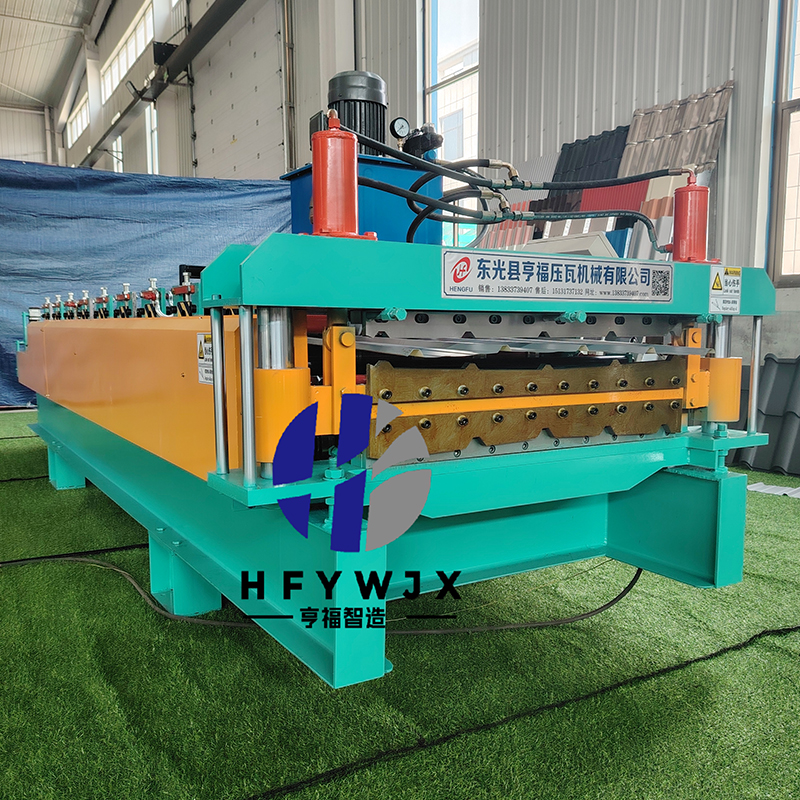
A Comprehensive Analysis of Equipment Basics
Single - Layer Roll Forming Machine
The single - layer roll forming machine operates in a mode where it can produce only one type of metal profile at a time. It is composed of a series of roll forming stations arranged in sequence. The metal strip passes through each roll forming station in order and is gradually shaped into the desired cross - sectional profile. A prominent feature of this equipment is its relatively simple structure with a small number of moving parts, and a straightforward forming process. As a result, it is particularly suitable for large - scale and stable production of single - specification profiles. For example, in the production of common metal roofing panels for buildings, the single - layer roll forming machine can efficiently complete the continuous production of single - specification profiles, ensuring a high - efficiency and stable production process.
Double - Layer Roll Forming Machine
The double - layer roll forming machine has the powerful ability to produce two different metal profiles simultaneously. It is cleverly equipped with two independent sets of roll forming stations, one on the top and one on the bottom. It can either perform forming operations on two different profiles from a single metal strip or simultaneously process two independent strips for different profiles. This unique characteristic gives the double - layer roll forming machine a huge advantage in projects that require multiple profiles, significantly reducing production time and effectively lowering potential costs. For instance, in the automotive manufacturing industry, there is often a need to simultaneously produce metal support parts with different shapes. At this time, the double - layer roll forming machine can perfectly meet the production requirements and greatly improve production efficiency.
In - Depth Exploration of Energy Consumption Influencing Factors
Equipment Design and Complexity
The design complexity of the equipment has a direct and crucial impact on energy consumption. Due to its simple structure, few moving parts, and straightforward forming process, the single - layer roll forming machine requires relatively low energy during operation. Typically, the motor power of a single - layer roll forming machine processing conventional metal specifications is approximately in the range of 5 - 10 kilowatts.
In contrast, the double - layer roll forming machine has a more complex structure. With two sets of roll forming stations and additional guiding and separating devices to handle two profiles, its overall energy consumption is increased. Generally, the motor power of a typical double - layer roll forming machine may be 15 - 25 kilowatts or even higher, and the specific value is influenced by factors such as the complexity of the profiles and the production volume.
Production Volume and Speed
Production volume and speed are also important factors affecting energy consumption. The single - layer roll forming machine can operate at the optimal speed during large - scale production of a single profile, achieving an ideal balance between energy consumption and output. However, when the production volume is low, due to the fixed energy consumption costs associated with equipment startup and operation, the energy consumption per unit product may increase.
The double - layer roll forming machine shows its advantages when it is necessary to simultaneously produce multiple profiles with a large production volume. By forming two profiles at the same time, it can significantly shorten the total production time and thus reduce the overall energy consumption per unit product. For example, if a project requires two different profiles, using single - layer forming machines would require running two sets of equipment, while a double - layer forming machine can complete the task with just one set, saving energy and reducing equipment setup time.
Material Characteristics
The thickness, hardness, and yield strength of metal materials can affect the energy required for forming and, consequently, the energy consumption of the roll forming machine. Thicker and harder metals require greater force during the forming process, which will inevitably increase the energy consumption of the equipment. The single - layer roll forming machine may face certain limitations when processing thick or high - strength metals because the energy required to form a single thick profile may be too large and exceed the reasonable load - bearing capacity of the equipment.
The double - layer roll forming machine can distribute the forming force to two sets of roll forming stations, which may make it relatively easier to handle thicker metals in some cases. However, if both profiles are thick and complex, the energy consumption will still be high. In addition, the choice of roll material and the lubrication condition will also affect the friction force, thereby indirectly influencing energy consumption.
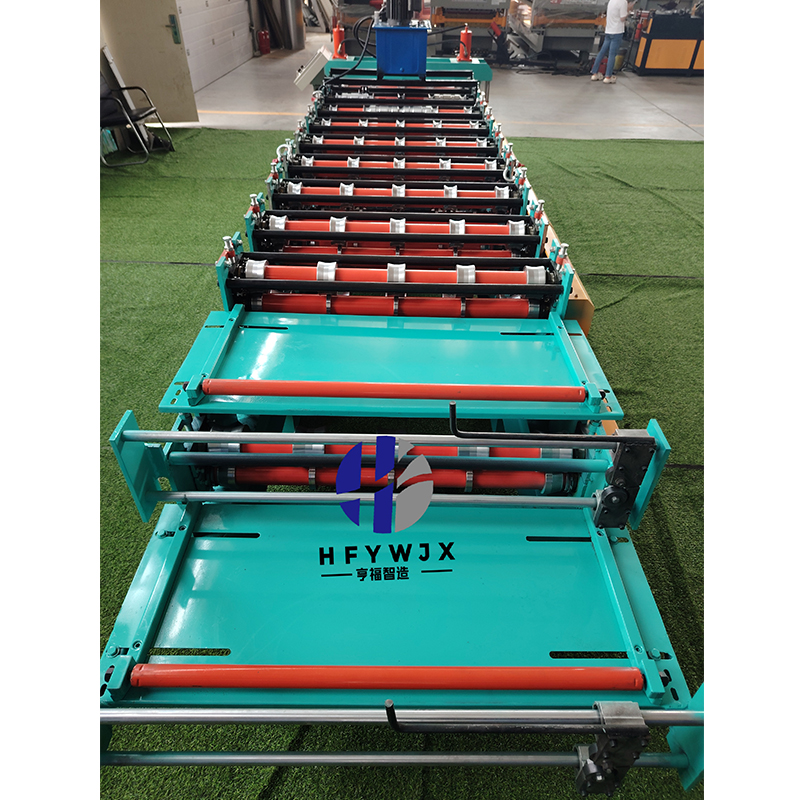
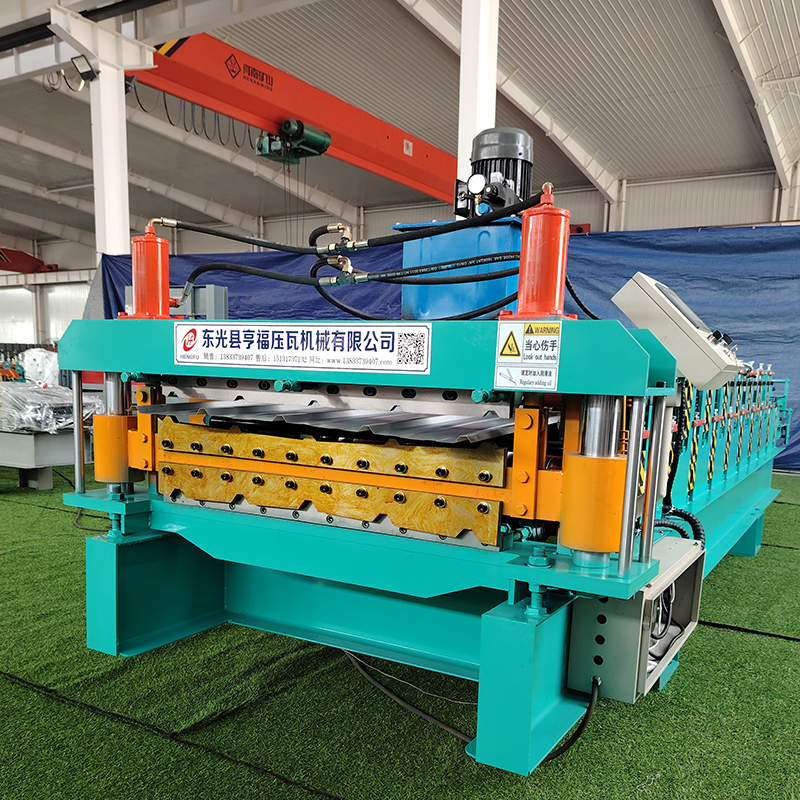
Authoritative Insights from Foreign Academic Resources
Research in Materials Science and Engineering: A Journal
Studies published in Materials Science and Engineering: A have explored the influence of material microstructure and crystal orientation on forming performance in metalworking processes. Although not focused exclusively on roll forming, these insights offer a valuable theoretical foundation for optimizing material selection and processing parameters. For both double-layer and single-layer roll forming machines, understanding the underlying material behavior can contribute to reducing energy consumption and improving forming efficiency.
Views in Journal of Manufacturing Processes Paper
Research published in the Journal of Manufacturing Processes has discussed the impact of roll forming parameters—such as forming speed and roll gap—on energy efficiency and process stability. While not specifically comparing double-layer to single-layer machines, these studies highlight that optimizing forming setups can reduce equipment downtime and improve overall energy utilization in high-volume, multi-profile production scenarios. These findings reinforce the importance of precise parameter control in enhancing the long-term efficiency of roll forming operations.
Conclusion and Outlook
In the comparison of energy consumption between double - layer and single - layer roll forming machines, it is difficult to simply determine which type of equipment is absolutely better. The single - layer roll forming machine usually has lower energy consumption in large - scale production of a single profile due to its simple design. The double - layer roll forming machine can achieve better energy utilization efficiency by reducing production time and equipment switching times when it is necessary to simultaneously produce multiple profiles with a large production volume.
When selecting equipment, manufacturers need to comprehensively and systematically consider various factors such as production volume, profile complexity, material characteristics, and long - term costs. At the same time, they should actively learn from the research results in foreign academic resources and combine them with their own production practices to optimize forming process parameters, thereby effectively reducing energy consumption, improving production benefits, and enhancing product competitiveness. With the continuous progress and innovation of science and technology, it is believed that in the future, roll forming machines will achieve greater breakthroughs in energy consumption optimization, bringing more efficient and environmentally friendly production solutions to the metal forming and manufacturing industry.


